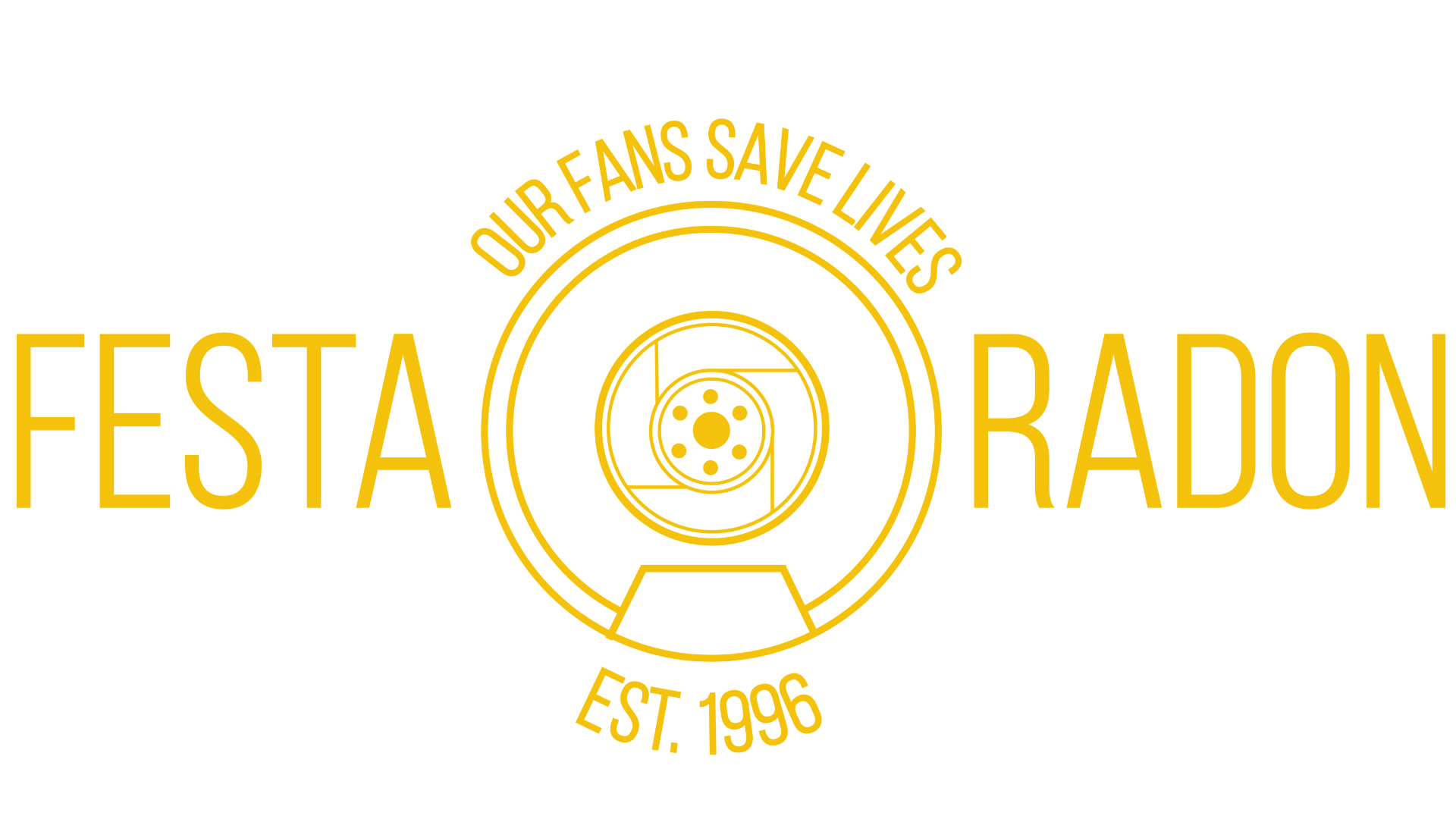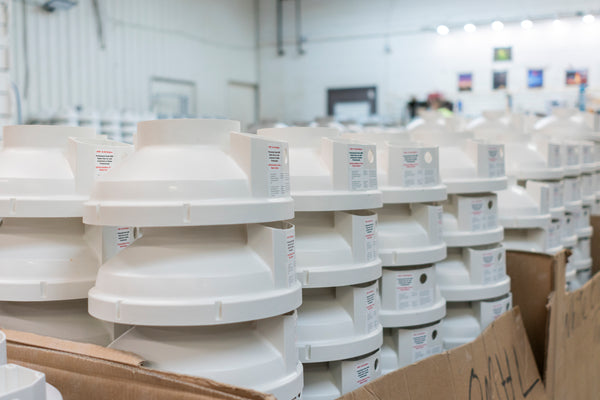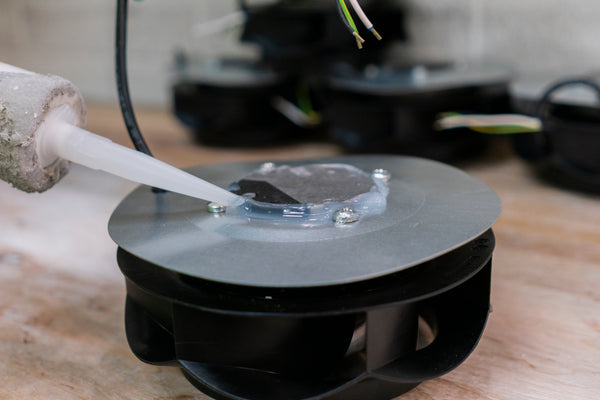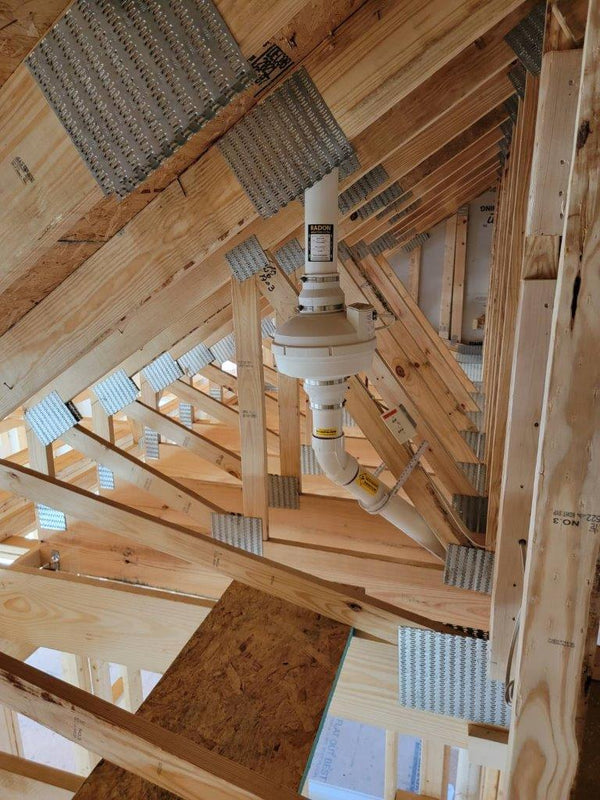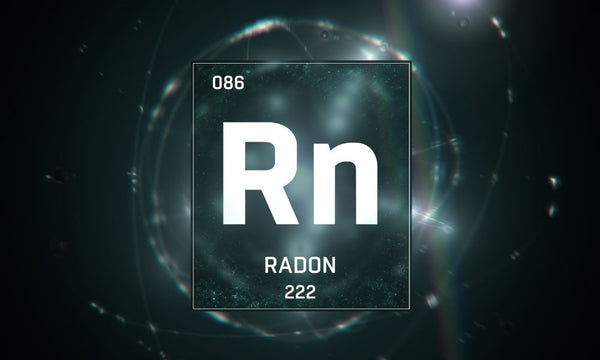
Why Radon Gas Is Known as the Silent Killer
Several things have been dubbed “the silent killer,” including high blood pressure, heart disease, prostate cancer, and diabetes. Outside the body, however, one of the bigger silent killers is radon gas. Radon can seep into a person’s home and affect their health quietly and with no symptoms for a very long time—until it’s too late to help them. But where does radon gas come from, and how does it make people sick? Here’s why radon gas is known as the silent killer and some ways to stave off its effects.
What Is Radon Gas?
Radon gas is the byproduct of the breakdown of uranium, radium, and other radioactive substances. The earth is filled with such radioactive materials, and their breakdown is a natural process. Most radon gas rises through the soil or water until it reaches the surface. When it does, it disperses into the air and atmosphere.
There is no “safe” level of radon gas, but most people don’t encounter it outdoors in the fresh air. The problem arises when radon gas becomes trapped in a building or other structure. This increases exposure for anyone living or working there, and there’s where radon does its damage.
How Does Radon Kill?
Radon is dangerous because when it’s concentrated and breathed in, it can build up in the lungs. Over time, the gas can leave radioactive particles trapped in the lungs. These then break down and damage the lung tissue over time.
Often, people who breathe in radon over a prolonged period show a higher likelihood of contracting lung cancer. This risk increases further if the person is a smoker. Not everyone who breathes in radon gas will contract lung cancer, but it remains the second-leading cause of the disease in smokers and the number-one cause in nonsmokers.
Radon can also be present in well water or water that doesn’t permit the radon to disperse in the air. Radon poisoning is slow and gradual, and unless someone is looking out for it, it can sneak up on them and make them sick. And that’s just part of why it’s called the silent killer.
Quietly Hazardous
There are few defenses against radon. Doors and locks can’t keep radon out. It’s colorless, odorless, and tasteless. It can invade a home without a peep, so to speak, taking up residence in the basement and other rooms by rising into the building through cracks, holes, and gaps in the foundation, floors, and walls. Over time and without proper ventilation, radon can build up inside the house.
Radon is most likely to be concentrated in the basement and lower floors, but it can also rise and spread throughout the house, even reaching the upper floors and attic. A person may breathe in radon for years without knowing it, hence the nickname of “the silent killer.”
Signs and Symptoms
Most diseases and health risks tend to announce themselves through identifiable symptoms. For example, you can often identify a cold with sniffling, sneezing, coughing, runny nose, fever, and other symptoms. Radon poisoning offers no immediate symptoms; in fact, it’s not until lung cancer is contracted that symptoms such as coughing, shortness of breath, and coughing up blood manifest themselves. Again, radon poisoning takes its time and stays “silent” in more ways than one.
No Safe Level
Another nasty part of radon poisoning is that there’s no safe level of radon exposure—and there’s no place on Earth that doesn’t experience some degree of radon exposure. The United States Environmental Protection Agency (EPA) has split up the country into three zones according to the average levels of radon exposure in each county. Zone 1 indicates the greatest potential for higher radon levels, while Zone 3 shows the lowest potential for radon in the air.
The zones don’t indicate the worst or best places to live, only that the average number of radon particulates in the air are low or high in that area. Whatever the zone, testing and taking precautions to offset the radon content in a building is always safest.
When and How To Test
During a home inspection, inspectors look for specific things such as the quality of the electrical system, plumbing, and mold. Radon testing isn’t necessarily a part of a home inspection, so the buyer may need to be request and pay for testing separately. Getting a new home tested for radon is always a good idea. When a homeowner plans to engage in renovations or restoration, they should also consider getting a radon test because the airflow may change, causing more radon to be released or redistributed throughout the home. Radon testing should also be implemented if work is done on the basement or if the homeowner intends to convert the basement into a bedroom or similar living space. As we discussed, radon concentrates itself in the lower levels.
A Raid on Radon
Those are a few reasons why radon gas is known as the silent killer. But as prevalent as radon is, it’s not unbeatable. Home- and building-owners can take several steps to combat it. Before anything else, the property-owner should perform radon testing. Having a professional do it is best, but home tests are also available. As for fighting radon, ventilation is key. The introduction and circulation of fresh air can keep any radon moving out of the structure. This isn’t a permanent fix, however.
Hiring a professional radon mitigation expert to locate and seal cracks in the basement, foundation, and other parts of a house is also wise. When a home is being built, radon prevention measures should be taken, though structures can also be retrofitted with mitigation systems that carry radon out of the ground and disperse it into the air. As an extra measure that just makes sense, property-owners should stop smoking and encourage inhabitants and tenants to quit as well. Radon is bad enough—it doesn’t need extra help from tobacco products.
If you have any questions about radon mitigation, contact Festa Radon for a consultation. We offer expertise and equipment, from radon testing kits to pipe mounting brackets. We look forward to hearing from you.

